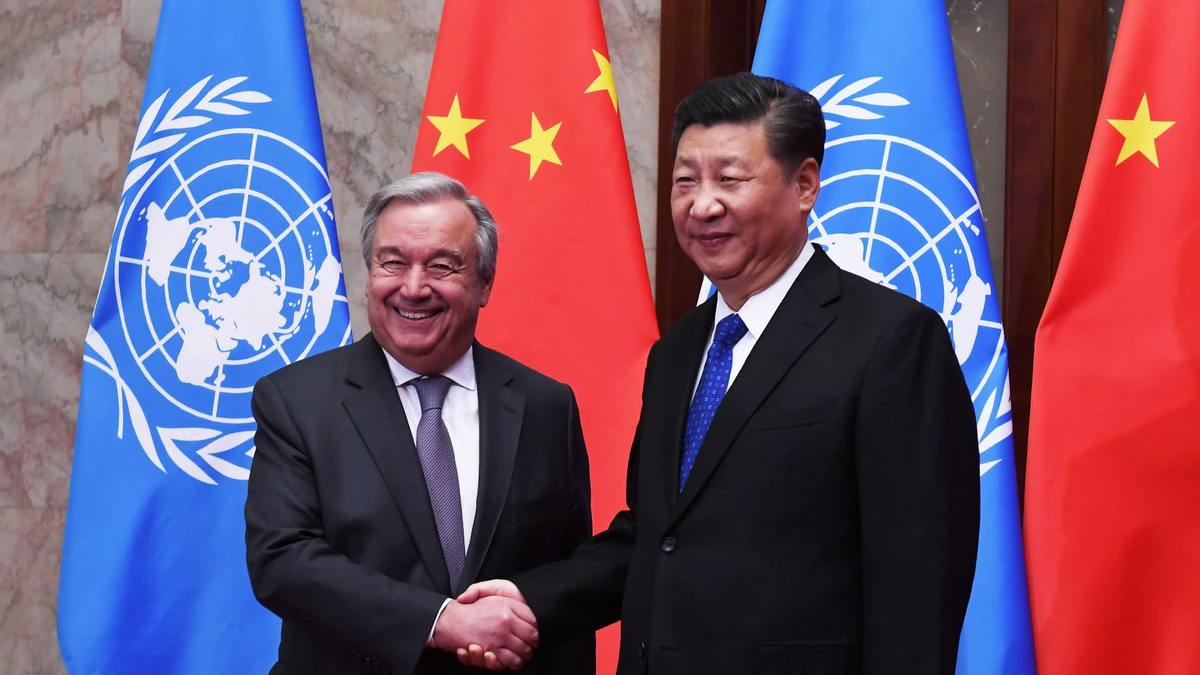Trade and geopolitics
China's quest to shape the world through standards setting

Published 13 July 2021
China’s goal of defining international technical standards – as defined by its plan China Standards 2035 – is central to Beijing’s ambitions as a global economic power. Through trade agreements such as the Regional Comprehensive Economic Partnership (RCEP) and investment plans like the Belt and Road Initiative (BRI), China's strategy would have significant consequences.
“Standards are the commanding heights, discourse power, and the power to control,” explained a 2015 article in China’s Zhejiang Daily. “Therefore, the one who obtains the standards gains the world.” Six years later, the world is just beginning to recognize the breadth of China’s ambitions and the role that standard setting plays in Beijing’s aspirations.
Already, Chinese planning documents indicate that Beijing sees regional trade agreements, including the RCEP and investment plans such as the BRI as platforms through which to influence international standards. Government planning documents also indicate that Beijing’s ambitions range from shaping international standards for agricultural production, especially in Central Asia and ASEAN countries, to setting those in new energy, electric vehicle charging, quantum computing, intelligent manufacturing, new materials, and other strategic, emerging fields.
Beijing does not support a neutral architecture where iterative negotiating strives for technical interoperability. Instead, Beijing promotes an architecture that bolsters and cements Chinese competitiveness. Due to China’s size and centralization, the consequences of this approach will reverberate across the international system.
Download 'China's quest to shape the world through standards setting' by Emily de la Bruyere:

© The Hinrich Foundation. See our website Terms and conditions for our copyright and reprint policy. All statements of fact and the views, conclusions and recommendations expressed in this publication are the sole responsibility of the author(s).
Author
Emily de la Bruyère
Emily de La Bruyère is a senior fellow at the Foundation for Defense of Democracies (FDD), and co-founder of Horizon Advisory, a strategic consultancy focused on the implications of China’s competitive approach to geopolitics.
Have any feedback on this article?
Related articles

The digital yuan and China’s potential financial revolution
15 July 2020

China aims to strengthen its global influence through standards setting
28 April 2020

The digital yuan and China’s potential financial revolution
15 July 2020

China aims to strengthen its global influence through standards setting
28 April 2020




